The worst and best subsitutes for Chinese Five Spice Powder, to cook better-than-takeout Asian food at home! (+ instructions on how to create your own five spice blend- it's easier than you think!)
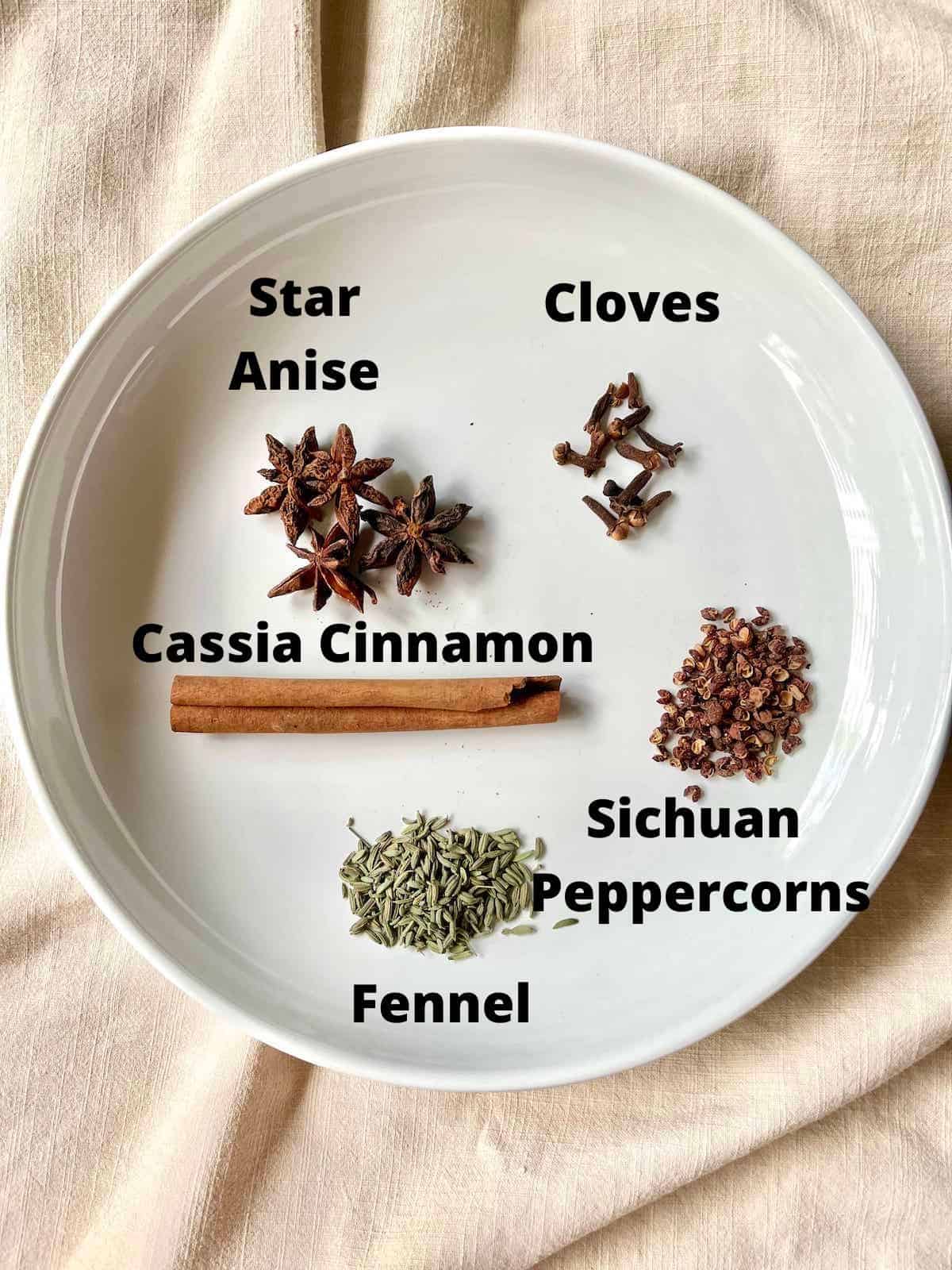
Jump to:
If you enjoy Chinese cuisine, you'll have come across one of its key ingredients, Chinese Five-Spice Powder or 五香粉. This is a unique spice blend made from several spices, such as Sichuan peppercorns, fennel seeds, anise seeds, cinnamon, and cloves. (Different brands use different spices and in different quantities.)
It creates a powerhouse of complex Asian flavor- warm, slightly sweet, savory, slightly spicy- that creates the perfect balance and is the secret behind the unique flavor of Chinese classic dishes such as Peking Duck, Singapore Soy braised pork, and Chineser Roast Chicken. (It's mainly used in savory dishes, but click the first link in this paragraph for some ideas on how to use it in sweet recipes.)
The best substitute is, of course, making your own 5-spice blend (click through for the exact proportions, though the recipe is very flexible, and you can play around with the quantities and ingredients.)
If you're not able to find Chinese 5 spice or the above spices in your local grocery store- or have just run out- here are some of the best substitutes (and worst), from Indian Garam Masala to Star Anise!
Best Substitutes
DIY 5 Spice
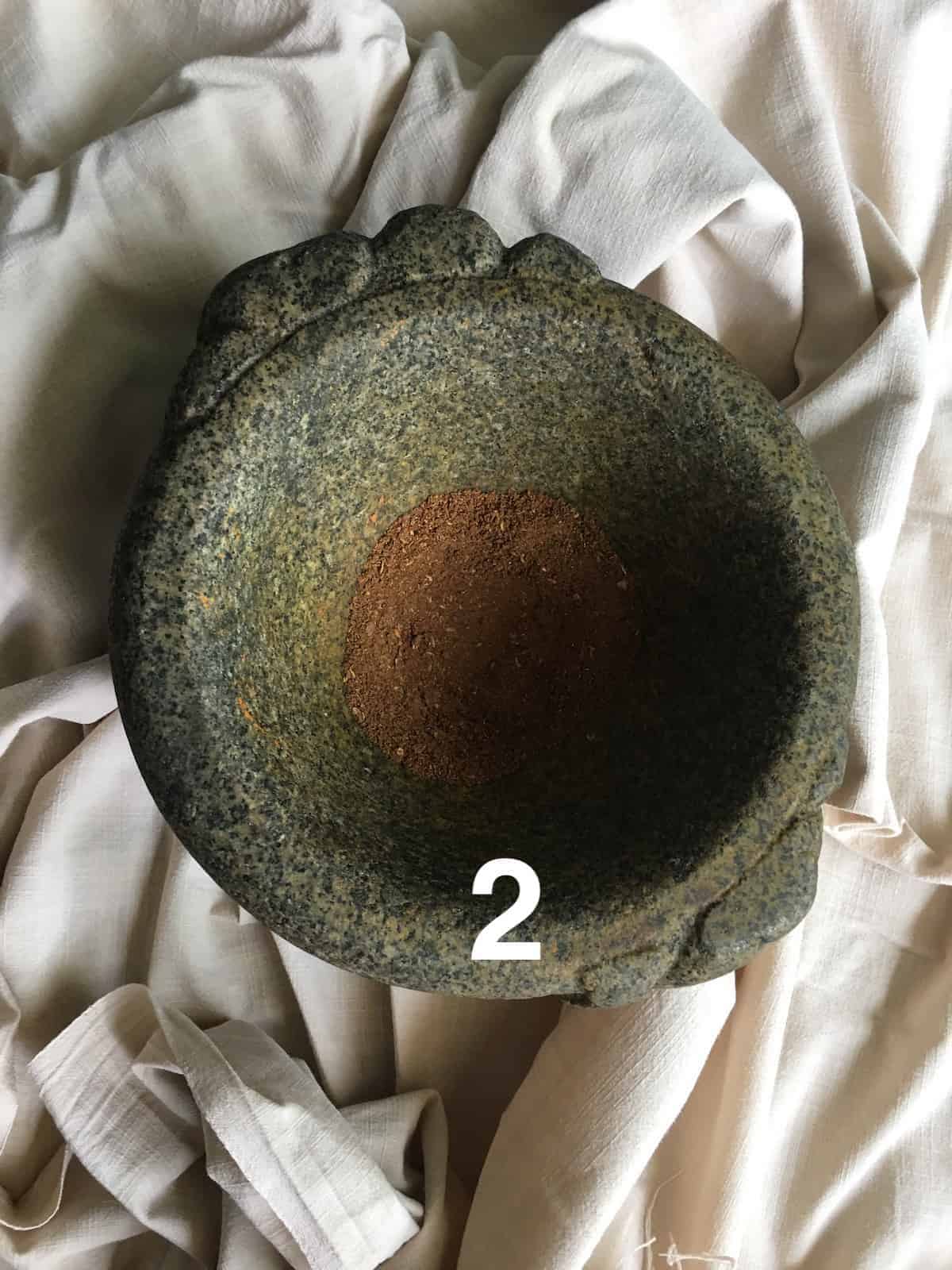
For a traditional Chinese five-spice blend recipe, click here. This is the best substitute for those looking for authentic flavors.
Traditionally, the spices were ground into a fine powder using a granite mortar and pestle but these days you can use a spice grinder or coffee grinder to save time. I use star anise, cassia barks, sichuan peppercorns, cloves and fennel. (If you don't have all the 5 spices, just blend the ones you have.)
You can also add other spices such as black peppercorns, white pepper, dried tangerine peel, sesame seeds etc.
If you're feeling adventurous, adding a small amount of ground ginger (to taste) can introduce spicy notes that complement the other spices and Chinese dishes beautifully. (Ginger is one of the "Holy Trinity" in Chinese cooking.)
Remember to store in an airtight container after cooling!
Substitute in a 1:1 ratio.
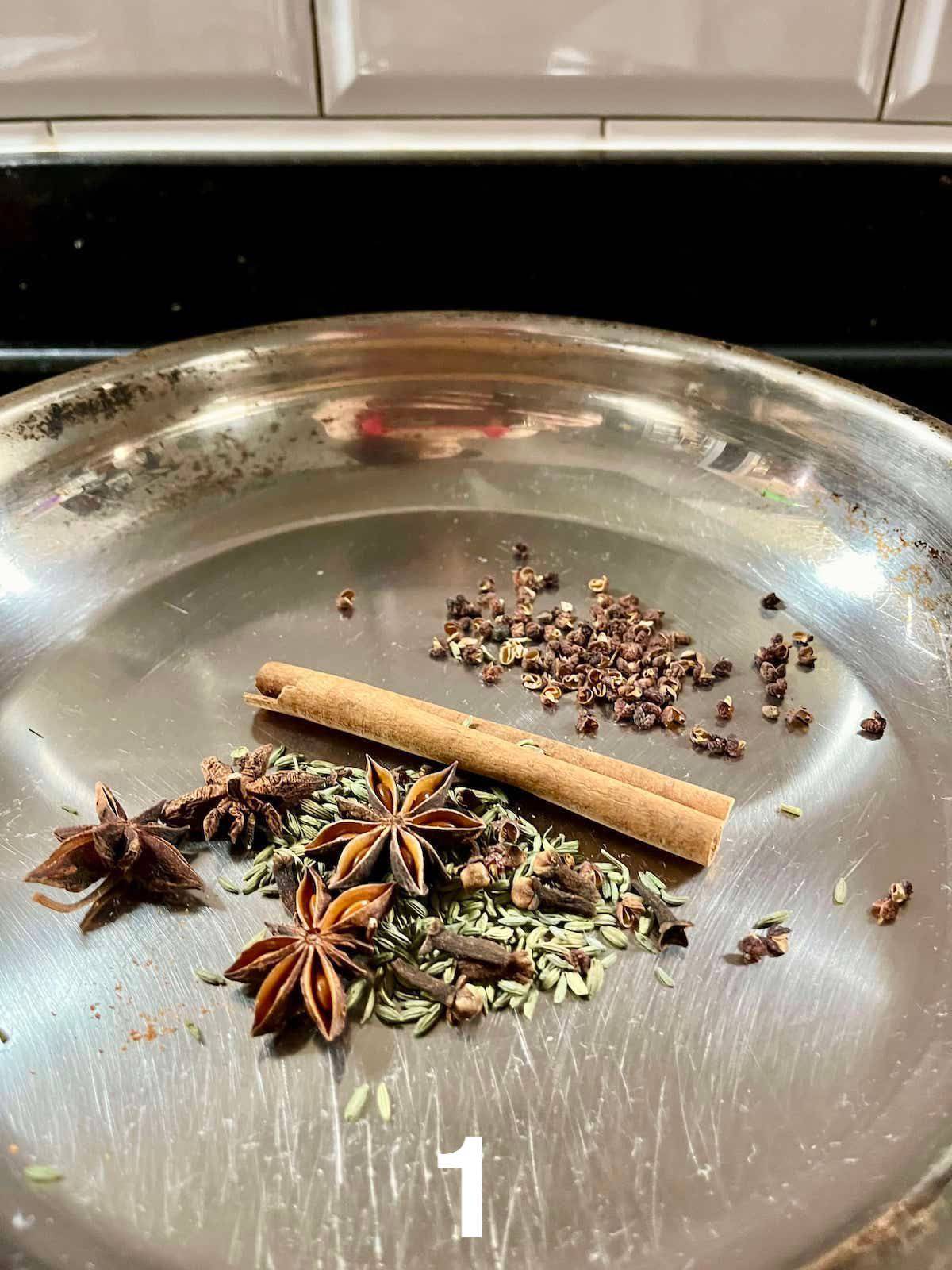
Tip: toast the spices in a dry pan first to create a flavor boost.
Single Spice
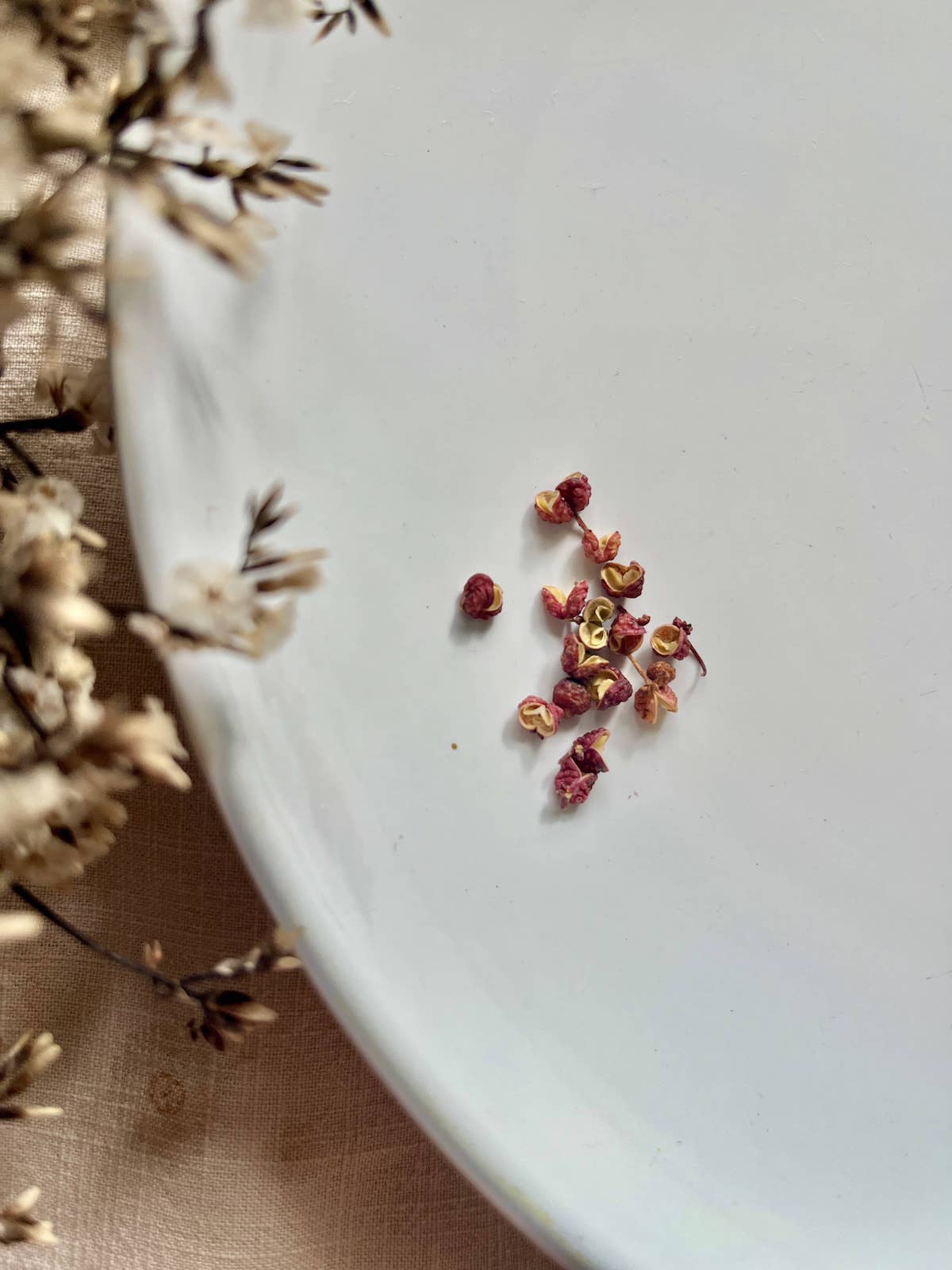
As mentioned, this spice blend is super flexible, so if you only have one of its constitutent spices, such as spice anise, just toast and grind the whole spices as described above.
Strange as it may seem, it's not as good as using allspice though, as allspice has most of the spices added to Chinese five-spice powder!
However, do not replace in a 1:1 ratio, as some of the spices, such as cloves, have a very strong and distinct flavor. Instead start with a quarter of the quantity the recipe calls for, taste, then add more if necessary.
All Spice
Another good substitute for 5-spice is allspice. In my opinion, this is your 2nd best alternative (tied with Garam Masala), after DIY-ing your own blend.
Although not typically used in Chinese cuisine, it is a spice with a similar warming taste of cinnamon, cloves and pepper, albeit mixed with nutmeg.
Best of all, it is a common ingredient that you can find almost everywhere!
Substitute in a 1:1 ratio.
Garam Masala
Garam Masala is another Asian spice blend that many will already have in their pantries, and adds a similar complex, warm flavor to recipes. Like Chinese 5-spice, it usually has cloves, fennel and cinnamon, so there are some similar notes and different families have their own secret blends, so the ingredients may vary slightly.
Most blends include coriander, cumin, cardamon, black pepper and nutmeg, which is typically not found in 5 spice. Garam Masala also does not include Star Anise so, for best results, I recommend mixing ⅓ teaspoon of star anise powder with ⅔ of garam masla powder.
However, of course, Garam Masala is more associated Indian cuisine, so the resulting dish will not be authentically Chinese, but taste more like Asian fusion.
Substitute in a 1:1 ratio.
Ras El Hanout
Another warming seasoning blend that can be used in place of Chinese 5-spice to create an Asian fusion (and not authentic Chinese) recipe is Ras El Hanout.
Like five spice, this Moroccon spice blend is usually used to season meats. (Like other Asian blends, there is variation in the ingredients but it usually contains cloves, ginger, and black pepper, like 5 spice, in addition to cardamom, coriander seeds, mace, nutmeg, turmeric etc.)
Some people recommend Za'atar and Lebanese 7-spice as substitutes but I don't as they're quite hard to find (harder than five spice in my opinion) and the ingredients are different.
Any questions about the worst and best Chinese 5-spice substitutes? Let me know in the comments!

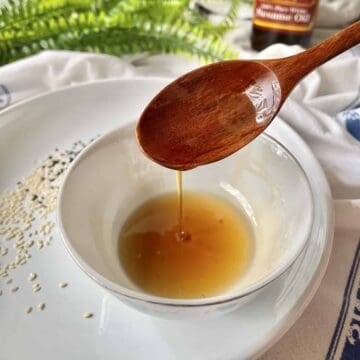
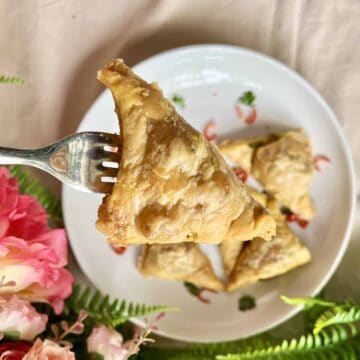

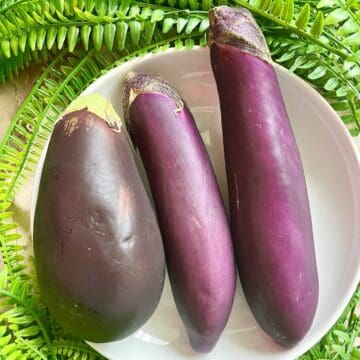
Comments
No Comments